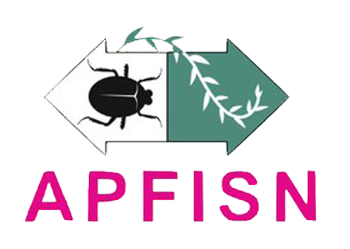R&D Conference on Invasive Alien Species Management and Biosecurity Measures in the Asia Pacific Region
Invasive Alien Species (IAS) are one of the major threats to biodiversity worldwide and is viewed as cause of extinction of the endemic or native species in a particular country where they have been introduced. These results to a phenomenon called bioinvasion of natural habitats and puts to risk the existence of our indigenous flora and fauna either through competition for food or space. This brings forth an emerging concept called biosecurity which is globally significant because of the risks they pose to the economy, environment and human health.
Numerous international instruments have been developed to address IAS and the most comprehensive is the Convention on Biological Diversity (CBD) which calls on parties to prevent the introduction, control or eradicate those alien species which threaten ecosystems, habitats or species. At present, IAS occurs in different taxonomic groups. Some species have in fact been purposely used for various purposes such as reforestation, food production and biological control of other unwanted organisms and have, to some extent, been part of the country’s natural landscape.
There is, however, a dearth of information in terms of the range of distribution and impacts of many of these IAS in natural ecosystems. Threfore, this conference aims to provide a forum for the exchange of research and development information and technologies on the status, control and management of invasive alien species (IAS) in the Asia-Pacific region.
Expected Outcomes of the conference:
- Enhanced R and D partnership and cooperation between and among Asia-Pacific countries including dialogue and development partners particularly in coming up with strategies on sustainable management and/or eradication of invasive alien species;
- Institutional and capacity developments to be pursued among Asia-Pacific countries including dialogue and development partners in eliminating risks and negative effects of IAS introduction such as threatened human health and safety, environmental loss and substantial economic damage; and
- Improved/strengthened strategies and policies to address issues on IAS which globally is one of the major drivers of biodiversity loss.
Get more information from the conference website here


